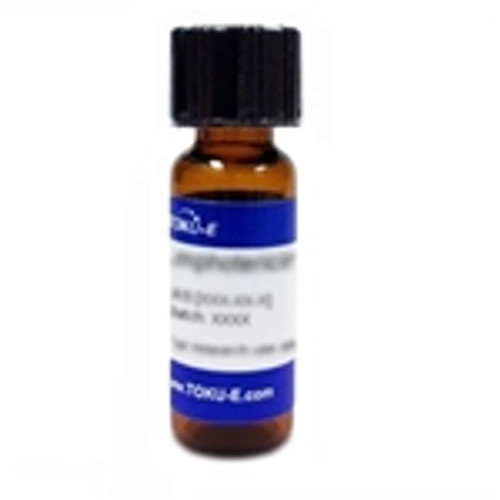Ivermectin is a macrocyclic lactone, derived from Avermectin. It is a broad-spectrum anti-parasitic compound. It is effective against parasites such as roundworms, lungworms, lice, and mites. It can be used in C. elegans fucundity assays, and liquid chromatography assays coupled with fluorescence detection methods.
This product is considered a dangerous good. Quantities above 1 g may be subject to additional shipping fees. Please contact us for questions.
| Mechanism of Action | The mechanism of action is not well described but some speculate ivermectin targets parasite neurotransmitters leading to paralysis and death. Alternatively, ivermectin has shown to reduce secretion of parasitic proteins which help the parasite evade the host immune system and as a result, the immune system is thought to be responsible for eliminating the parasite. It is a positive allosteric modulator of a7 neuronal nicotinic acetylcholine receptor. It also modulates glutamate-GABA-activated chloride channels. |
| Impurity Profile | Residue on Ignition: ≤0.1% Heavy Metals: ≤0.1% Organic Solvents: Meets Requirements Related Compounds: Meets Requirements |
| References |
Crump A et al (2011) Ivermectin, ‘Wonder Drug’ from Japan: The human use perspective. Proc. Japan Acad. Series B Phys. Biol. Sci. 87(2):13-28 |
| Spectrum | Ivermectin is active against parasites. Examples incldue roundworms, lungworms, mites and lice. |








